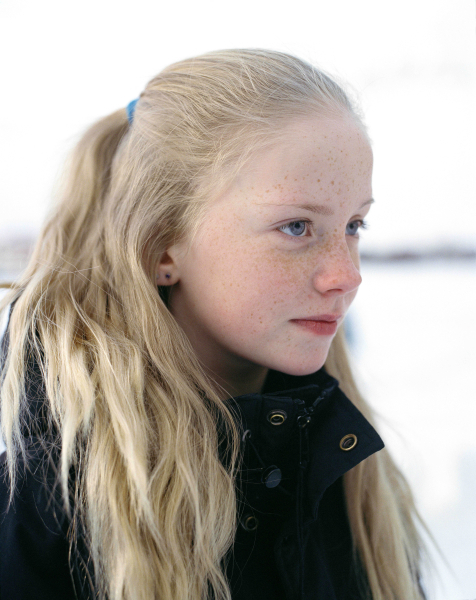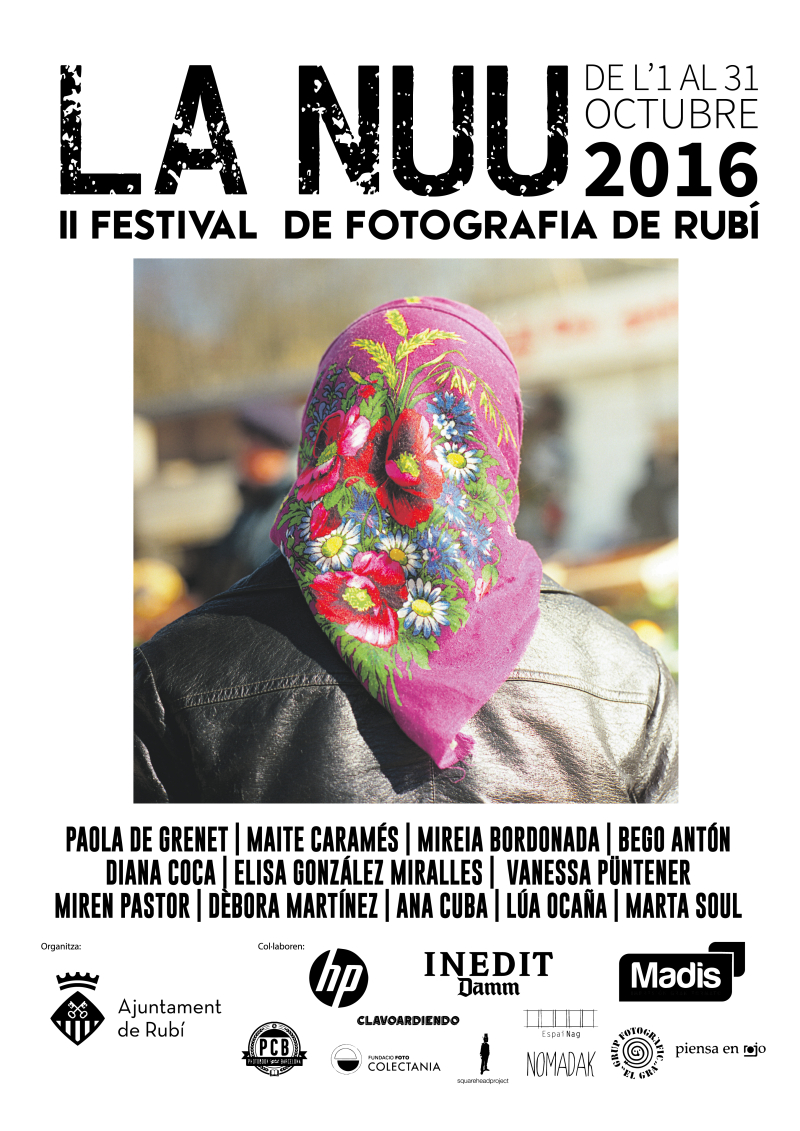Artistes
Miren Pastor
(Pamplona, Spain, 1985)
Bidean. On the way. Miren Pastor's images seem to be from another era, from when explorers photographed places never set foot by man, from when the world was seen for the first time; however, those of this author are recent and are made in nearby places. The reason for this similarity lies in the fact that the old advance photos show an unknown orb, those of Pastor the beings inside and this is a similarly veiled space.
The three steps that make up Bidean are the allegory of a perfect communion:
the human that is Nature and Nature that has a human part; the cycles are shared, any change that affects one part affects the other. (...)
To see the world for the first time or to see the world as a child is to admire both the minimum and the maximum, observe and think that one is hallucinating; but what happens if we see it with eyes that have turned inward?
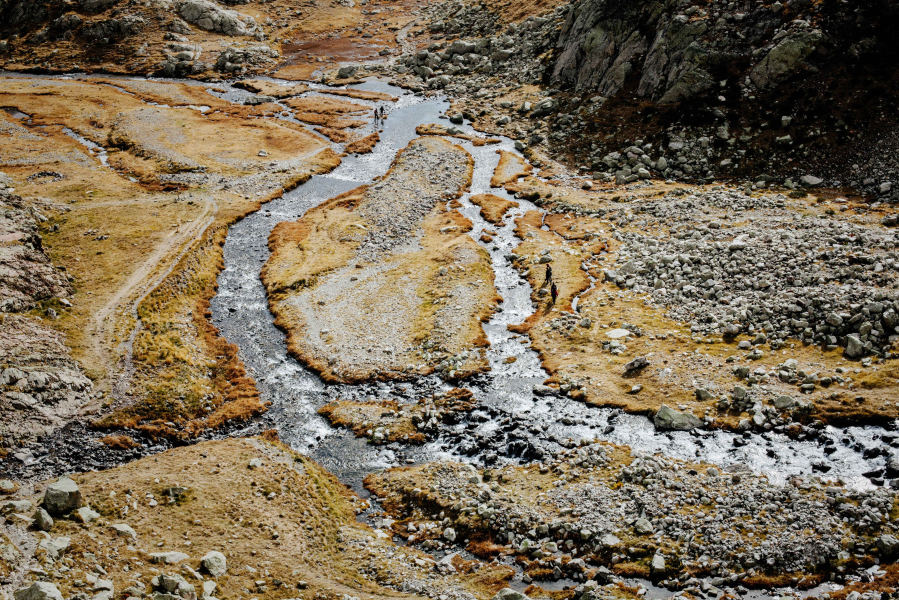
Lúa Ocaña
(Vigo, Spain, 1982)
The project was born from the impulse to make a somewhat special retrospective of my work from 2007 until today. I suppose that everything that comes out of the same point has something similar to each other, even if this is only the common origin. This was the idea that gave rise to the collection of images. My gaze is the origin, a subjective point of how I see different spaces and details that surround me. The visual discourse of these photographs is still alive, it comes and goes, it is almost labyrinthine, with dark, gloomy corners, full of nostalgia and echo.
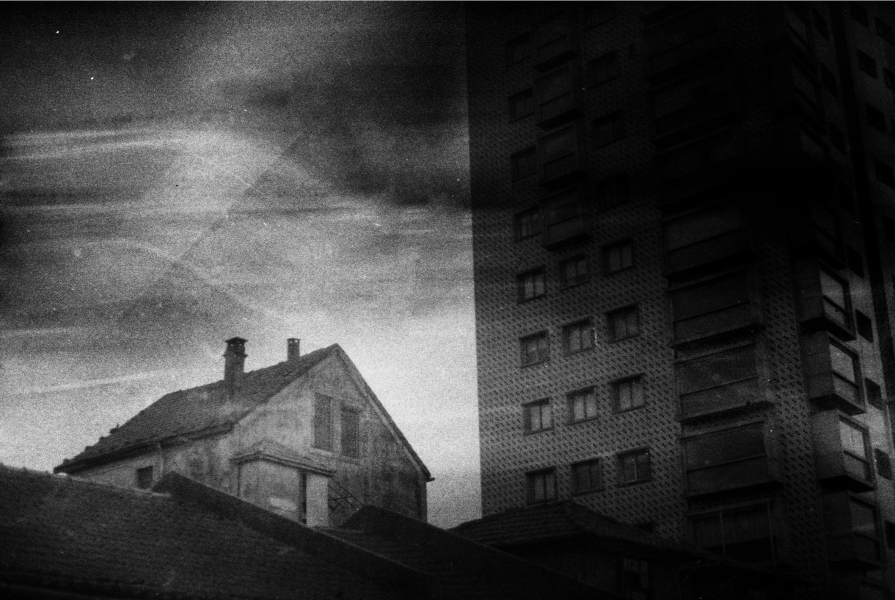
Elisa González Miralles
(Madrid, Spain, 1978)
With this project I want to question how a society and its standards determine an individual's behavior and limit the development of their identity. I am concerned that a person, due to the fact of being born and living in a culture, fulfills a role that is imposed on him, and he does it unconsciously, without asking himself why, or considering that other paths may exist.
I'm talking about girls who look like dolls, about their objectification
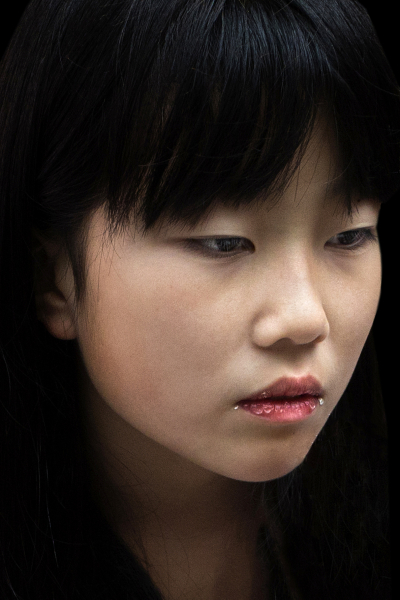
Maite Caramés
(Barcelona, Spain, 1972)
It is a project forged from friendship: Valerie, the protagonist, is my gallerist, and along the way we have gotten to know each other and become friends. When she was diagnosed with cancer, a few days later, she told me that she would like you to be her on that trip. Not only because of the fact of documenting cancer, but, without telling me, for her it meant facing her fear in front of the camera, since she is also a photographer and knows this medium very well.
I use photography as a narrative image, explained in the form of stories, series or sequences. My images are the product of an intention, narrative or previous scheme and start from encounters, findings or moments that suggest and provoke me. I work intuitively and many times I am not aware of where my obsessions come from.
The everyday and banal is always staged to demonstrate the fragile line between reality and unreality. The result is images suspended in time, without referents or nominations, that raise questions and encourage suspicion of the unsuspected.
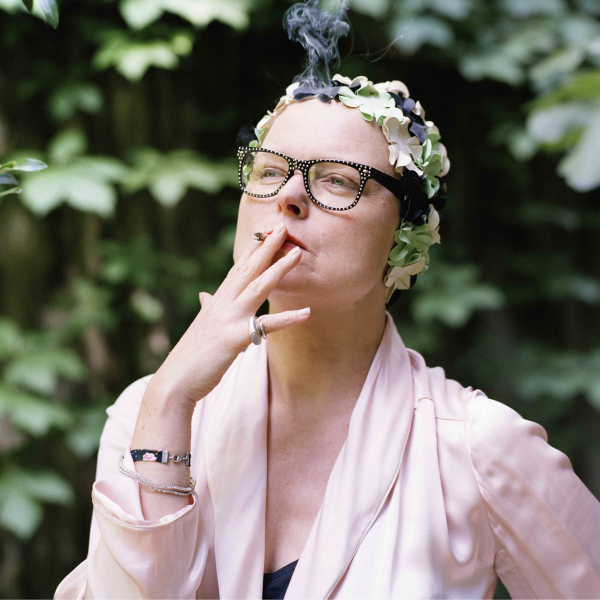
Marta Soul
(Madrid, Spain, 1973)
"...It's about consuming when the most is the best. The man appears as the woman's partner: he is just another element, and not a co-protagonist, and therefore changes with each scene. The action is dehumanized to a certain extent by the repetition of moments that give priority to light, luxury and form over emotions. Constant change seems to be the only way to reach our ideal, which is perhaps more in line with an advertising slogan than any other belief. The reflection in this work originates from trying to understand how we integrate our emotions into a consumer lifestyle in which everything must be attractive, but at the same time, it has an expiration date because there is a constant search to exchange for something better thing
The love adventure is another way to achieve the goal and it is offered to us as the highest aspiration: happiness. These images derive from the need to visually express the materialization of this expectation."
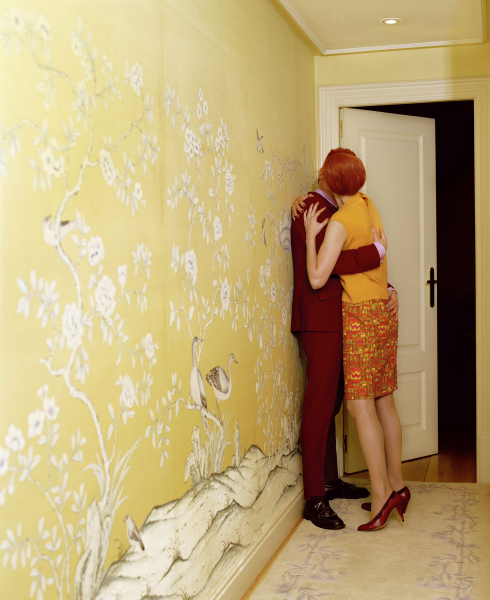
Diana Coca
(Palma de Mallorca, Spain, 1977)
Mujer serpiente has been created as part of an advertising campaign by the shoe brand Carolinna Espinosa, located in Hong Kong, with the collaboration of Esteban Andueza. The project has represented a twofold challenge, firstly, to use the artistic discourse to break with the traditional format of fashion photography and secondly to do it in China. Through the photographic series, they raise questions that are linked to a more political aspect, such as who thinks of the contemporary city and for whom is it designed? or who thinks fashion and for this it is conceived? The woman is portrayed in a way that is not complacent, full of tension and instability, using her strength to rebel against the established, which claims herself and her corporeality. If in the past fashion photography showed the cold perfection and elegance of the bourgeois and aristocratic classes, sustained in a system of power, hierarchy, morality and stability, in my images these concepts are rejected and focus on a revision of the contemporaneity, while portraying a living, everyday woman, who ceases to be an inanimate object to transform into an active human being who resolves real situations, allowing the viewer to be an extension of the circumstances being narrated(...)
The project has been carried out in locations outside Beijing and its surroundings. Places with little glamour, streets, markets, parks, mountains, areas under construction, roads... where they have mocked the need for permits and transgressed the guidelines established by the authorities for artistic creations. For this new generation of Chinese women, restless and confronted with their environment, it is precisely fashion and shoes that allow them to escape, fly or even dream, reconcile with tradition and their past.
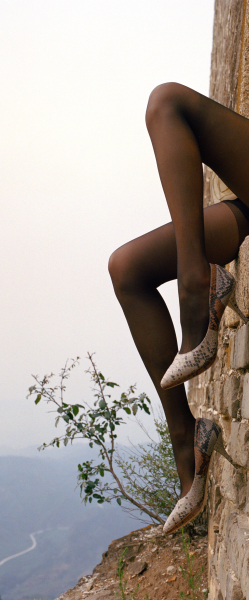
Vanessa Puentener
(Basel, Switzerland, 1973)
About Vilnius:
"... Thirteen photographs, each titled portrait. The photographs were taken in Vilnius, Lithuania. They represent the post-communist Lithuanian woman in a complex society. In a moment of social change, women who want to rise from their anonymity and defend their identity [...] Each of these scarves - and each of their owners - represent a separate personality expressed through violence of the colors, the softness of the fabric and the patterns of the floral design. »
Aleksandra Vajd
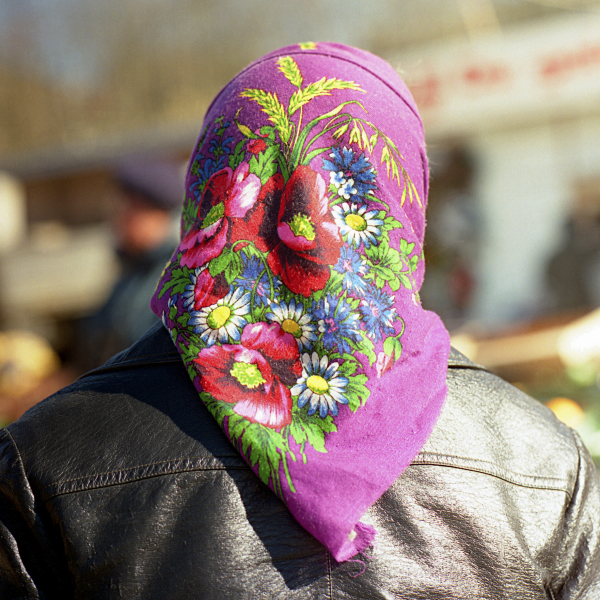
Paola de Grenet
(Milan, Italy,1971)
More and more people welcome animals into their homes and treat them as family members. In recent years, pet owners are spending more time and more money on the health and happiness of their pets. Things that once would have seemed extravagant like doggie daycares, pet cemeteries, and a growing range of pet surgeries and treatments are now common practice. The grieving process that many owners feel when a pet dies is now considered a very natural reaction. Dogs (and pets in general) are for human beings the confirmation of the existence of "the other", a living being that must be taken care of. Their presence reminds us of our need to share and our instinct to empathize and survive. These dogs are photographed in the more formal portrait tradition to emphasize their status as family members.
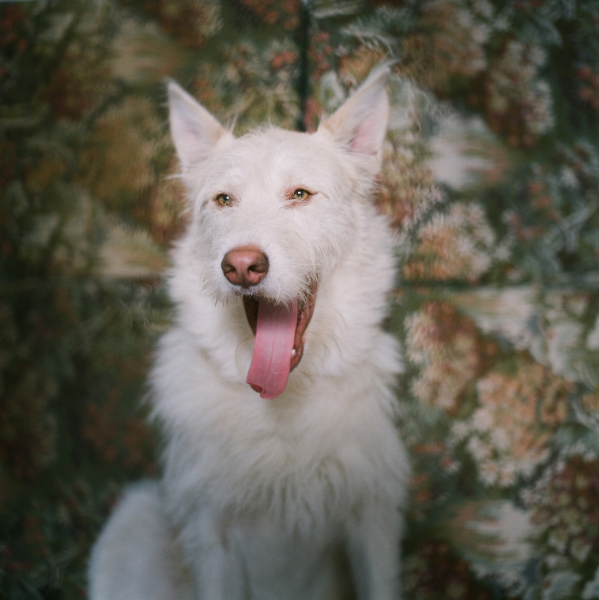
Ana Cuba
(Zaragoza, Spain, 1985)
"I've wanted to do something about pseudoscience for a long time. I remember an ex-partner started taking Oscillococcinum to keep from getting the flu one winter. I was very skeptical and still am. However, I never want to be disrespectful towards the people who believe in these practices or position myself, clearly against". What this project really wants is to stimulate critical thinking, through the irony of the photographs, the text and, finally, the title.
Ana Cuba shows a series of images that present a wide range of alternative therapies such as chromotherapy, homeopathy, magnetotherapy or Reiki.
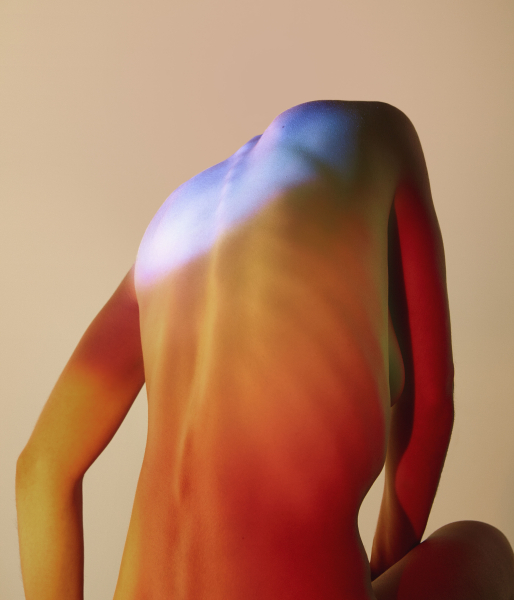
Mireia Bordonada
( Barcelona, Spain, 1979)
Interiores is a series of portraits of people close to me. This relationship therefore takes another point of view and everything remains permeated by the existing familiarity. I am not an infiltrator in the lives of others, since, in a way, I am also a part of them. Photographing my reality generates an internal work, a form of self-knowledge that leads me towards the self-portrait. This is the story of a subculture in the city of Barcelona during the years 2007-2009.
Portrait of a youth with problems that not only manifests itself through socio-political standards but also with an aesthetic that differentiates them and sometimes creates a barrier towards society. The protagonists of this story are linked to the punk and skin cultures of Barcelona, a movement that resists the canons established by "unique thinking". When entering the houses of the protagonists, I am interested in showing that it is not just about pure aesthetics but that it is a way of life, their way of life, hidden under a label that is often misunderstood.
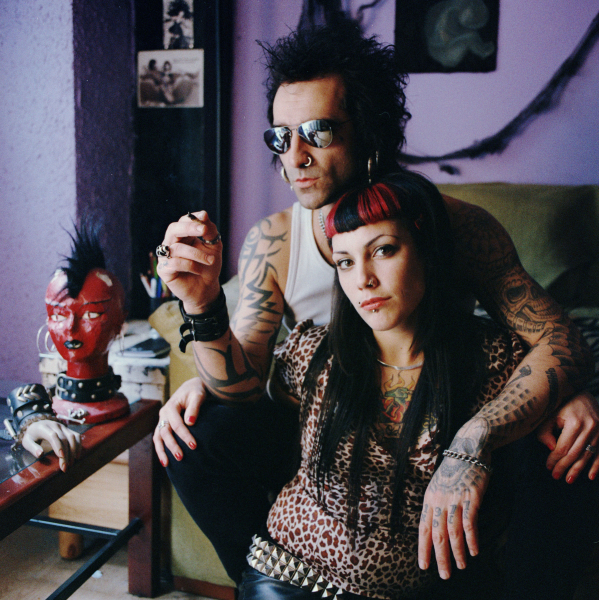
Dèbora Martínez
(Cádiz, Spain)
When I was little I was afraid of ghosts, I remember that I would poke my eyes out from between the sheets imagining that they appeared from the darkness. "Ghosts don't exist" said my mother, but there is something perverse in the darkness that generates a whole imagination of possible fictions of fear and girlhood all these fictions had the face of Dracula and various monsters that only appeared when the night was black night .
La hora del Lobo is a project that wants to explore this period of twilight called heure bleu (the blue hour) that includes from the moment when daylight falls until almost complete darkness. Starting from this premise, my intention is working with concepts such as uncertainty, restlessness or superstition. I don't want to talk about fear itself, but about the confusion that precedes fear. I also intend a filmic photograph, almost like film frames and color as a driving element towards this uncertainty. Photography and fiction from the dark blue in that day-to-night traffic.
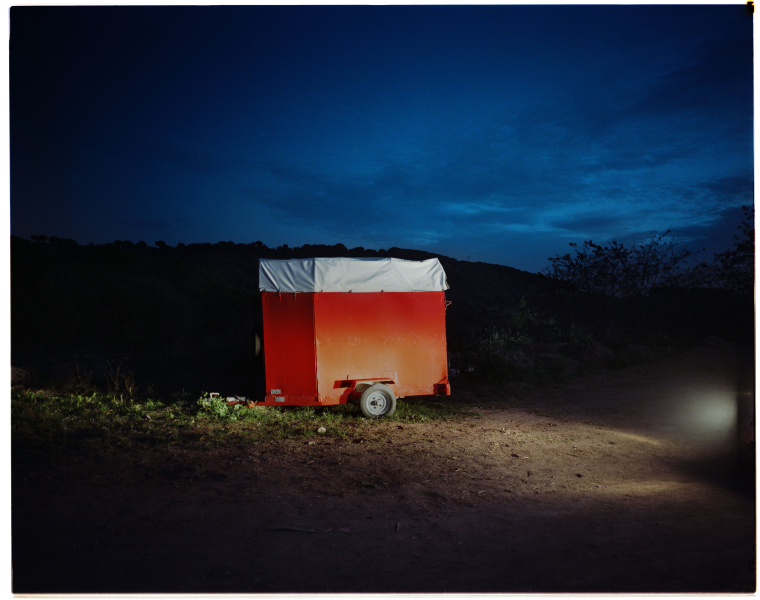
Bego Antón
( Bilbao, Spain, 1983)
My work always revolves around the love triangle between humans, animals and nature. I'm also interested in small groups that look strange from the outside, but when you enter them you understand that they are only people with very particular interests. I don't like to pigeonhole my photography style and I'm not comfortable with labels. I have not found a genre that defines me, but if I had to, I would say that I play the documentary from an optimistic point of view.
I lived for two months in Olafsfjordur, a small and remote village in the north of Iceland. I wanted to describe human behavior under adverse atmospheric conditions and investigate the consequences this can have on its link with nature and the landscape.
